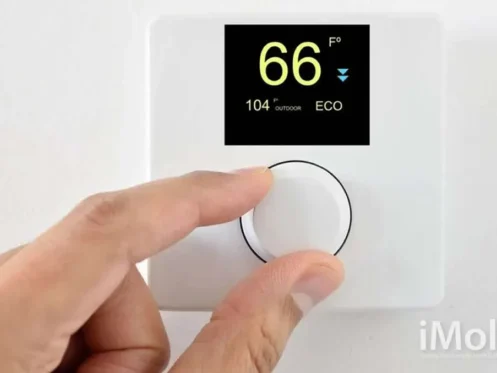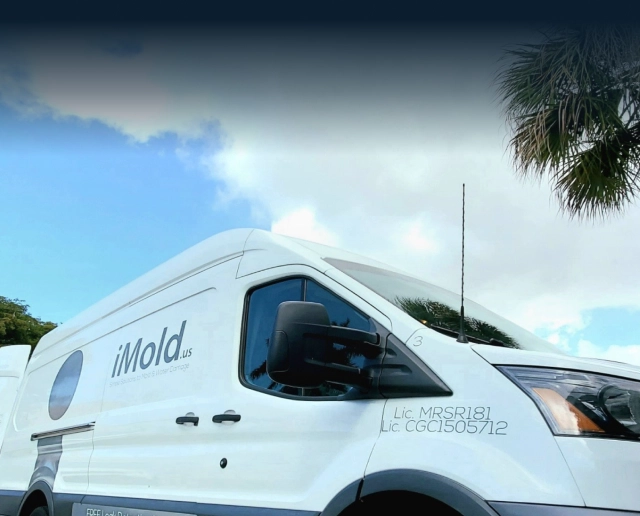It is not always easy to regulate the humidity level in your home, and that’s why you need a humidistat. It is a measurement device for monitoring and maintaining the humidity level in the air. Humidistats are quite common and are typically found on portable humidifiers or combined air cleaner/humidifier units to help manage the moisture level in your home.
How Does a Humidistat Work?
A humidistat features a sensing element composed of a flat plate that’s fitted with two metal conductors. A relay amplifier is attached to the sensing element that reads signals sent by the sensing elements to provide very accurate humidity level readings.
Based on the readings, the humidistat turns on the humidifier if the electrical resistance shows the air is too dry and turns off the humidifier after the desired humidity level has been achieved.
When you buy a dehumidifier or portable humidifier, it usually comes with an attached humidistat that ensures that you never over-dehumidify or –humidify the room. It effectively monitors and regulates the humidity in the air close to the device but never measures humidity levels in other parts of your home.
It is for this reason that a hygrometer can be highly useful even though it doesn’t regulate humidity levels as humidistats do. You can use the readings from the hygrometer to adjust moisture in the room thus achieving optimal humidity.
Whole-House Humidistats
In whole-house systems, dehumidifiers or humidifiers are connected to the central HVAC system. In such systems, the humidistat is also responsible for adjusting the dampers, valves, or other HVAC system switches to regulate the airflow as well as the humidity throughout your home.
A humidistat can also be wired into your thermostat to run the air conditioner to regulate the humidity level inside your home independently of the temperature. The humidistat doesn’t allow the air conditioner to turn on if the temperature is high but the humidity is low. Once the humidity levels indoors reach unacceptable levels, the humidistat continues running the air conditioner until the humidity is reduced.
Using a humidistat this way helps you maintain the desired humidity levels in your home while away without the need to run the HVAC system more than necessary.
The Problem with the Humidistat
The humidistat is designed to ensure optimal humidity levels in your home by running the HVAC system only when it is necessary this helps you save money. However, in reality, humidistats are rarely accurate to the exact setting on the dial. Humidistats are often off by as much as 10 to 20 percent.
The problem with inaccurate humidistat humidity readings in cool climates is that you will tend to put warm moisture into the air and it is cool outside thus leading to condensation formation on the exterior walls and windows. Moisture in such areas leads to mold or mildew growth and a shorter lifespan of windows and building materials.
The problem with inaccurate humidistat humidity readings in warm climates comes in when you set it to maintain 60 percent humidity and not allowing the HVAC system to run until it senses 60 percent humidity (Don’t forget that the system can be off by as much as 20 percent, which translates to 80 percent humidity).
In very warm areas, it is comparable to turning off the A/C and leaving the windows closed in the middle of summer. Not only that but the temperature could rise to 95 degrees and the A/C still wouldn’t turn on until the humidistat reached the specified setting.
Mold typically thrives in humidity levels below 30 percent and above 60 percent, which means that if you use a humidistat, you can easily find yourself dealing with a mold problem very quickly, particularly in tropical and humid climates.
The Bottom Line: Is a Humidistat Necessary?
It is quite clear based on the information provided here that humidistats play a critical role in the regulation of humidity levels in your home. However, it is also clear that humidistats can do more harm than good. This is why the vast majority of HVAC companies typically bypass humidistats when installing new systems or thermostats. It is also the reason why you should simply avoid getting one installed.

